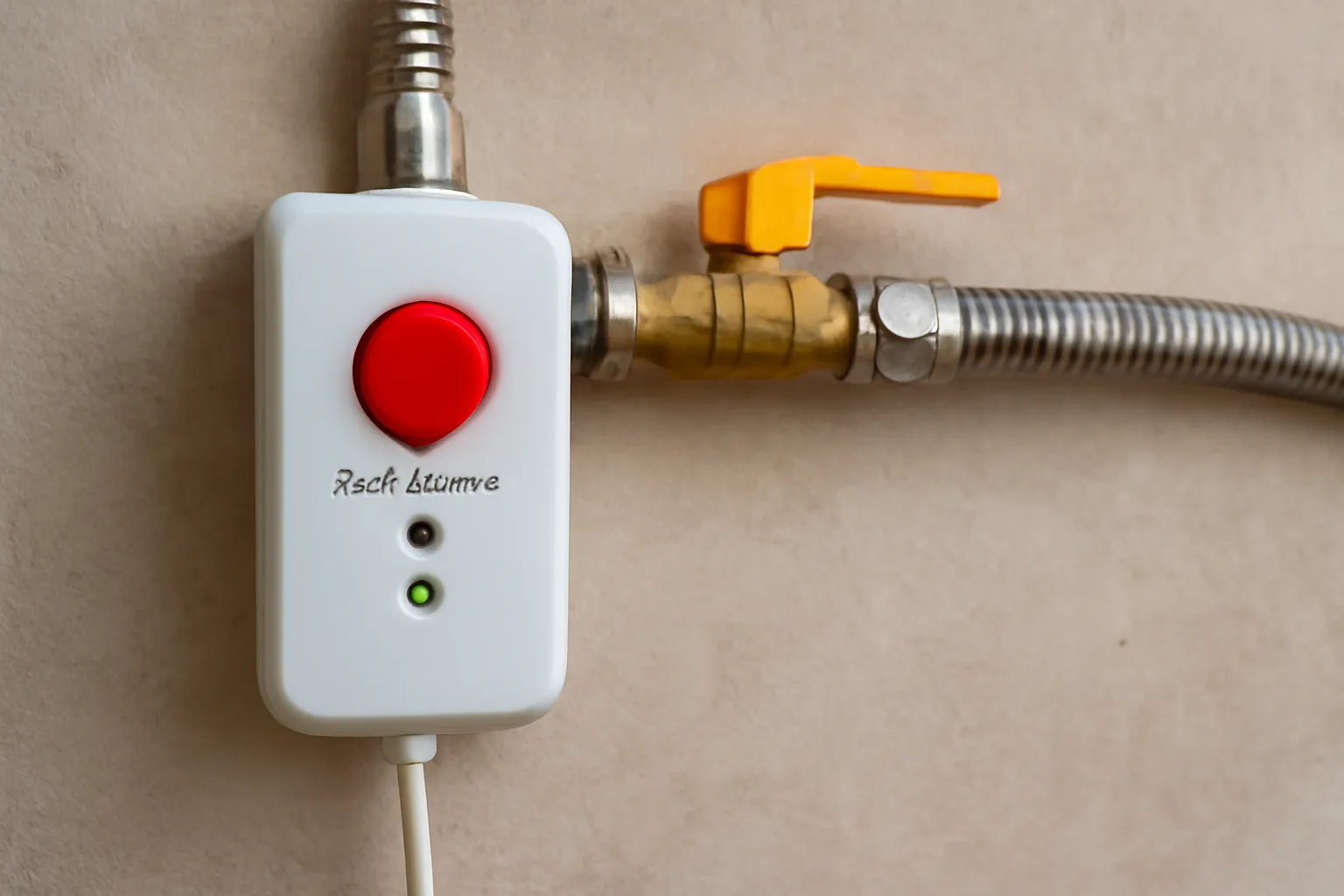Are you familiar with the importance of city gas safety breakers? How can proper installation and maintenance of city gas safety devices save lives and prevent accidents? Learn everything about city gas safety management and the vital role of safety breakers in this comprehensive guide.
Gas safety is one of the most crucial aspects of any household or industrial setting that uses city gas. Over the years, innovations like the city gas safety breaker have been developed to ensure the safety of users by preventing gas leaks, which could lead to hazardous situations. In this article, we will delve into the specifics of city gas safety management, explore city gas safety rules, and provide insights into the installation and maintenance of city gas safety breakers.
City Gas Safety Management
Effective city gas safety management involves a multifaceted approach that ensures safety from potential gas-related accidents, which can have disastrous outcomes. This includes regular safety checks, adherence to local safety regulations, and the installation of safety devices like city gas safety breakers.
1. Understanding Gas Risks
City gas is generally considered safe, but the risks are substantial if gas leaks occur. These leaks can lead to explosions, fires, or health hazards. Gas safety management is aimed at identifying risks early and minimizing the chance of accidents. One of the best ways to mitigate these risks is by having a city gas safety breaker in place.
2. Preventing Gas Leaks
Preventing gas leaks is essential in city gas safety management. The safety breaker plays an essential role by automatically shutting off the gas supply in case of a detected leak, effectively preventing further risks. The presence of this safety device should be mandatory in every home or building using city gas.
3. The Role of Professionals in Gas Safety
Gas safety management isn’t just a DIY task—it requires professional expertise. Certified technicians are responsible for ensuring that your gas system, including the safety breaker, is properly installed, regularly inspected, and maintained.
Click here for more details on city gas safety management.
City Gas Safety Rules
Following the city gas safety rules is paramount for preventing accidents and ensuring that the gas supply system operates as intended. These rules are set out by local authorities and gas safety organizations to help safeguard the public.
1. Installation of Approved Gas Appliances
One of the key city gas safety rules is ensuring that all gas appliances are installed by qualified professionals. Using substandard or unapproved equipment can increase the risk of leaks and other dangerous scenarios.
2. Regular Maintenance Checks
It is not enough to install a gas appliance and forget about it. Regular inspections are a core part of the safety protocol. Gas lines, appliances, and the safety breaker should be checked by professionals at least once a year. This helps identify potential problems early on and ensures everything is working correctly.
3. Awareness and Education
Educating household members about the dangers of gas and the importance of safety breakers is a fundamental rule in managing gas safety. Knowing how to shut off the gas manually and recognizing the signs of a gas leak are vital skills.
Click here to read about essential city gas safety rules.
City Gas Breaker Installation and Maintenance
A gas safety breaker is a crucial component that can save lives by automatically shutting off the gas supply when a leak is detected. Installing a city gas safety breaker properly is essential to ensure its functionality.
1. Installation Guidelines
The installation of a city gas safety breaker must be performed by a certified professional. It is important to ensure that the breaker is installed in a location that allows easy access for maintenance and testing. The installation should also comply with local safety standards.
2. Testing and Calibration
Once installed, the gas safety breaker needs to be regularly tested to ensure that it is functioning correctly. Technicians typically use specialized equipment to simulate gas leaks and check if the breaker activates appropriately. Calibration is also necessary to ensure that the breaker shuts off at the right gas concentration levels.
3. Maintenance Considerations
To prolong the life of your city gas safety breaker, it is important to keep it clean and free from debris. In addition to this, the breaker should undergo periodic professional inspections. During these inspections, the technician will check for any signs of wear, corrosion, or malfunction and perform necessary repairs or replacements.
Click here for more information on city gas breaker installation and maintenance.
Conclusion
In conclusion, city gas safety breakers are vital safety devices that help prevent gas leaks from becoming hazardous. By following city gas safety rules, ensuring proper installation and maintenance of safety devices, and regularly checking your system, you can minimize the risks associated with city gas usage. Gas safety management, when implemented effectively, ensures that your home or building remains a safe environment for everyone.
As Benjamin Franklin once said, “An ounce of prevention is worth a pound of cure.” Ensuring that your gas safety systems are properly set up and maintained is the most effective way to avoid catastrophic accidents and ensure the safety of your family and property.






